Articles tagged mobile
How to Add Authentication to .NET MAUI Apps
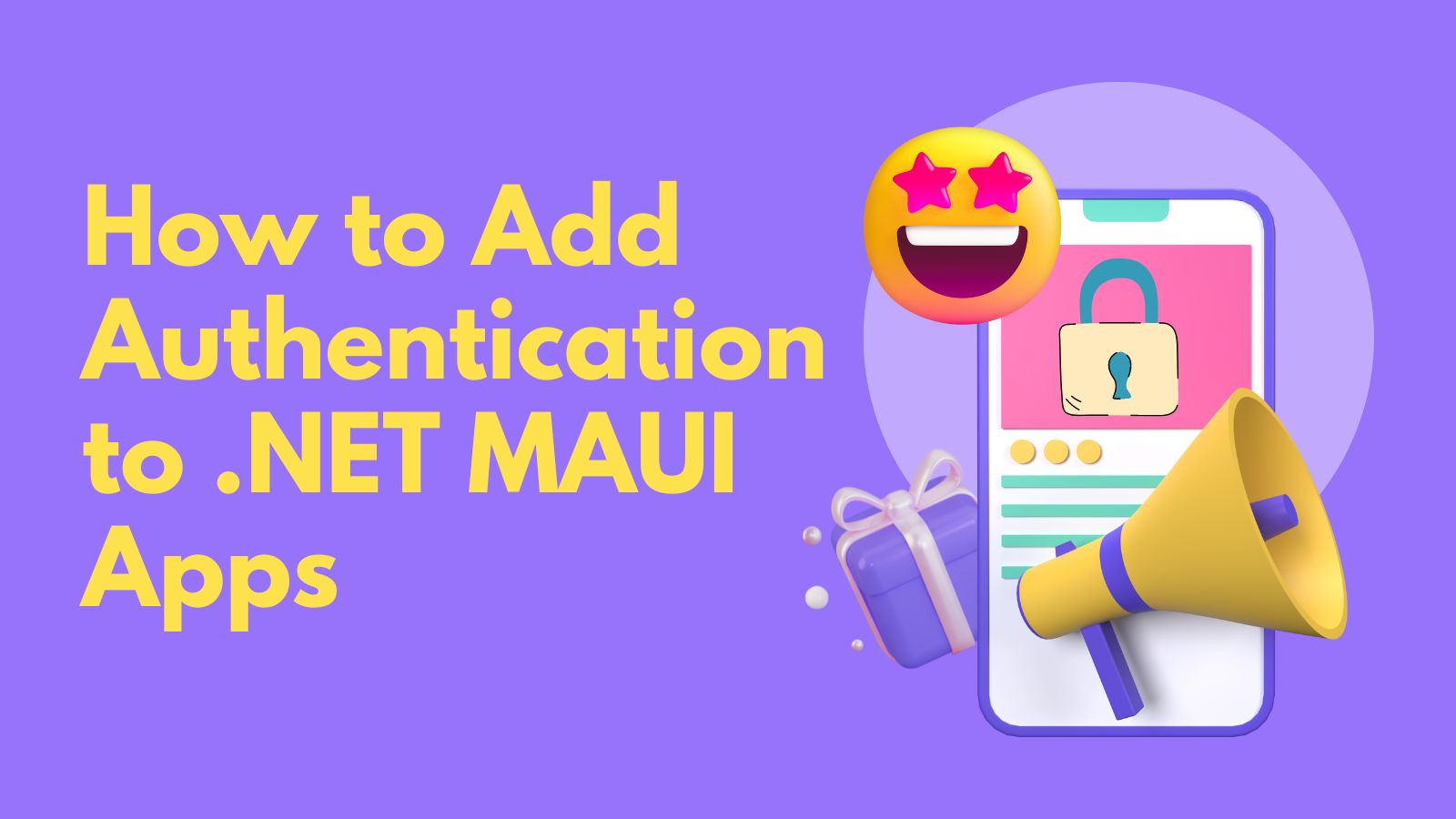
Have you ever been inspired by a colleague’s work and decided to explore a new tool or technology? That’s what happened to me when my colleague, Andrea Chiarelli, wrote a blog post “Add Authentication to .NET MAUI Apps with Auth0.” As someone who is always looking for ways to improve my skills and stay up-to-date with the latest trends in technology, I was intrigued by his post and decided to try MAUI, but this time...
Introducing the New Okta Mobile SDKs

For years the Okta OIDC SDK was the primary tool mobile developers used to integrate their apps with Okta, but as with all things in life, entropy takes its toll. Over time, as platforms and languages change, or new features become available, a refactor is required. Today we’re proud to announce that the Okta Mobile SDKs for Swift and Kotlin are now available! Recent advances at Okta, such as support for Device Single Sign On...
A History of the Mobile SSO (Single Sign-On) Experience in iOS
On an iPhone, when we log in to an app, we click a login button, and a website pops up to verify our credentials. Once verified, the website then redirects back to the app, and you are logged in. This familiar Single Sign-On (SSO) pattern is frequently referred to as the redirect flow for authentication. The use of a web browser for auth in this example is considered a “Best Current Practice” for security and...
Native SSO: Desktop and Mobile Apps Single Sign-On
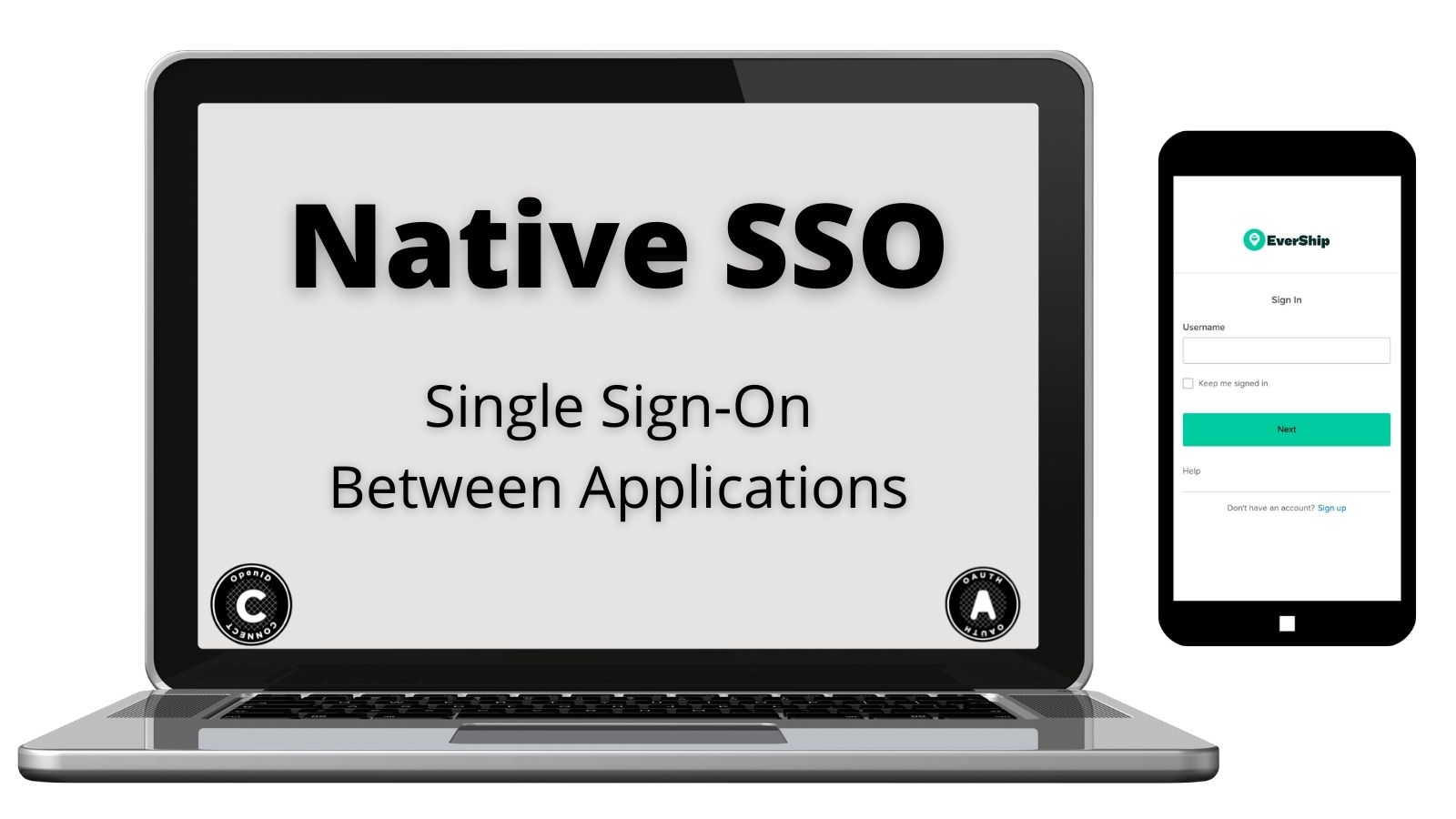
When you hear SSO (Single Sign-On), you probably immediately think of web apps, and how you only need to sign into one web app first, then all other web apps give you seamless access. Unfortunately, for desktop and mobile applications (often referred to as “native apps”), the seamless web SSO experience (also referred to as native SSO) has not caught on. This is partly due to the lack of an industry standard or best practice...
Command Line Login with the OAuth Device Grant

Even if you’ve never heard of the OAuth 2.0 Device Authorization Grant, formerly known as the Device Flow, you’ve probably seen it in action on a smart TV or other streaming device. The Device Authorization Grant is commonly used on devices with limited keyboard input ability. The process allows you to log in to an account more easily via a separate browser on your laptop, mobile phone, or other companion rich-input device. For instance, if...
Easy Xamarin Forms Auth with PKCE

OAuth 2.0 is a protocol that controls authorization to access a secured resource such as a native app, web app, or API server. For native applications, the recommended method for controlling access between your application and a resource server is the Authorization Code flow with a Proof Key for Code Exchange (PKCE). In this article, you will learn how to build a basic cross-platform application with Xamarin.Forms and implement Authorization Code flow with PKCE using...
Mobile Development with Ionic, React Native, and JHipster

Mobile development offers a lot of options. To develop native apps, you can use Java or Kotlin on Android. On iOS, you can use Objective C or Swift. There are other options, too. You can build hybrid mobile apps and Progressive Web Apps (PWAs). Hybrid mobile apps are those created with web technologies (HTML, JavaScript, and CSS) that look like native apps. PWAs have the ability to work offline and act like mobile apps too....
Build an Android Application with Authentication

With mobile apps becoming ever-present in users' lives, following best security practices has become essential in protecting your users and your apps. Implementing security alone and from the ground up can be costly for your development team, create a less-than-ideal user experience, and be susceptible to design/implementation errors. The easiest path to strong security, and a positive user experience, is to turn to the experts. The Okta OIDC SDK can help with this in many...
Create a React Native App with Login in 10 Minutes
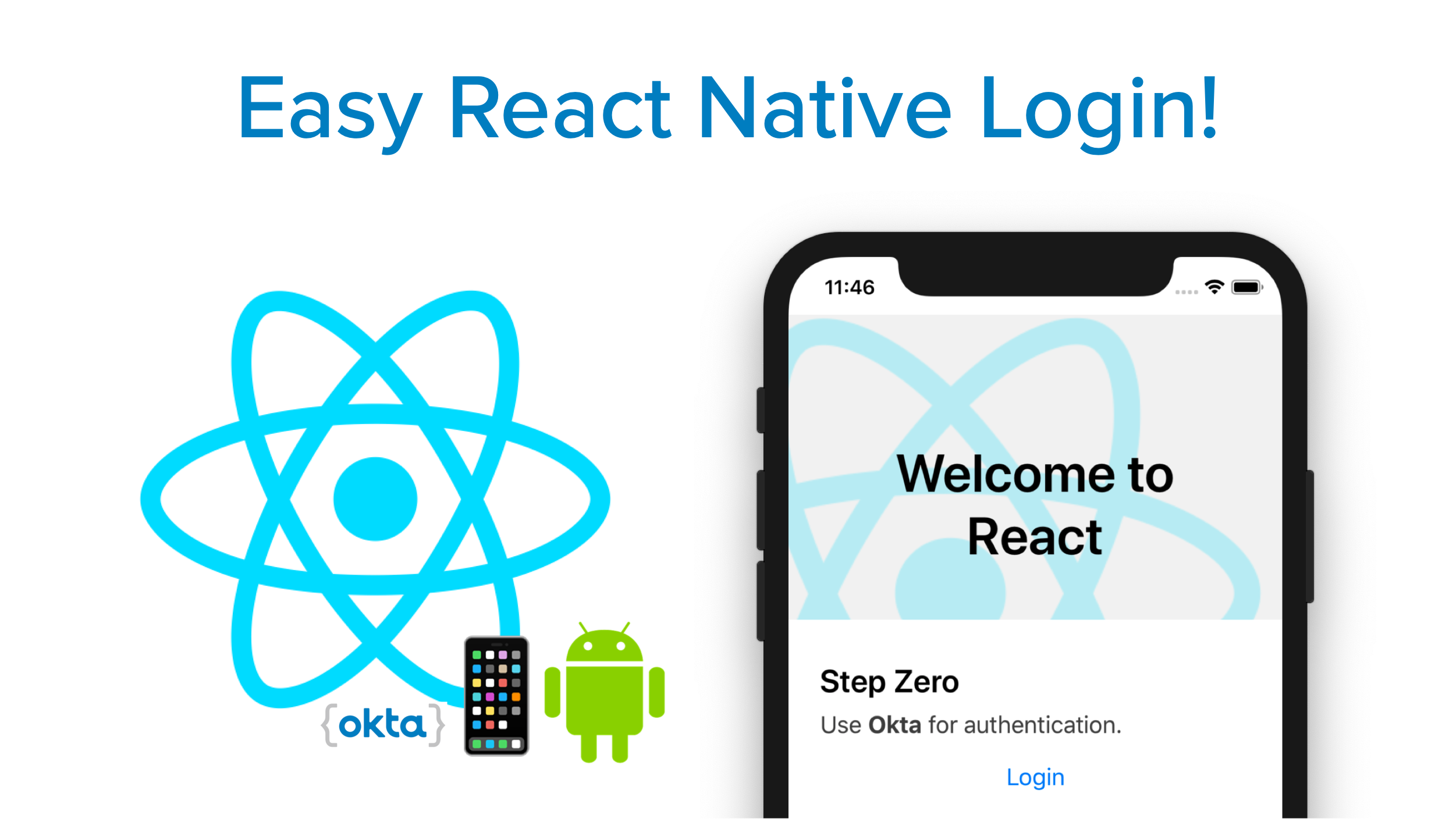
React Native is a mobile app development framework that allows you to use React to build native iOS and Android mobile apps. Instead of using a web view and rendering HTML and JavaScript, it converts React components to native platform components. This means you can use React Native in your existing Android and iOS projects, or you can create a whole new app from scratch. In this post, I’ll show you how to add a...
Get Familiar with Android and Gradle

Interested in Android development? Then you should get familiar with Gradle, the only Android development build system that Google officially supports. Gradle manages all aspects of the Android development process, making it easy to: Compile your code Solve dependency trees and conflicts between libraries Merge your code and resources with those of your libraries Cache resources for compilation performance Connect it all to the Android SDK Finally packaging it into the right format with the...
Go for liftoff at Okta!
T-minus 3… 2… 1… I’m blasting my way into the Developer Relations world like Alice discovering Wonderland and its fantastic cast of characters. I am so curious, and excited, and all of the feels that come with coming to Okta! Officially stepping into the Developer Avocado (er… pardon me, Advocate) role and bringing the love of .NET, voice and IOT to the party. Who is this Lady Nerd? Well, for starters I am obsessed with...
Why OAuth API Keys and Secrets Aren't Safe in Mobile Apps
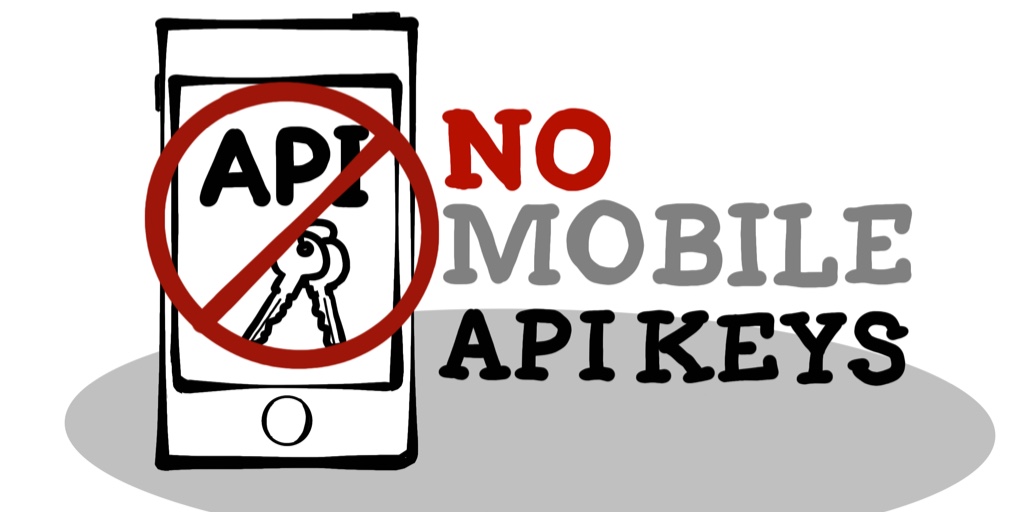
It’s pretty common for mobile apps to access backend API services to fetch data. It’s also pretty common for APIs to require secret keys in order to access them. So how do you securely include API keys in a mobile app? Well, the short answer is you don’t. The long answer is the rest of this blog post. Let’s take a look at two ways it’s possible to hack secret API keys out of mobile...
Build a Basic Android App with Xamarin and Visual Studio

Are you a .NET developer that has always wanted to make a mobile application? Or maybe you have tried building native mobile apps with Android or iOS but didn’t like the languages? Well then, you are in luck! The .NET world has been blessed with Xamarin; a set of tools that lets you build mobile apps for Android, iOS, and Windows within Visual Studio. Xamarin has two main flavors: Xamarin platform (Xamarin.iOS and Xamarin.Android) and...
Build a Basic CRUD App in Android with Kotlin
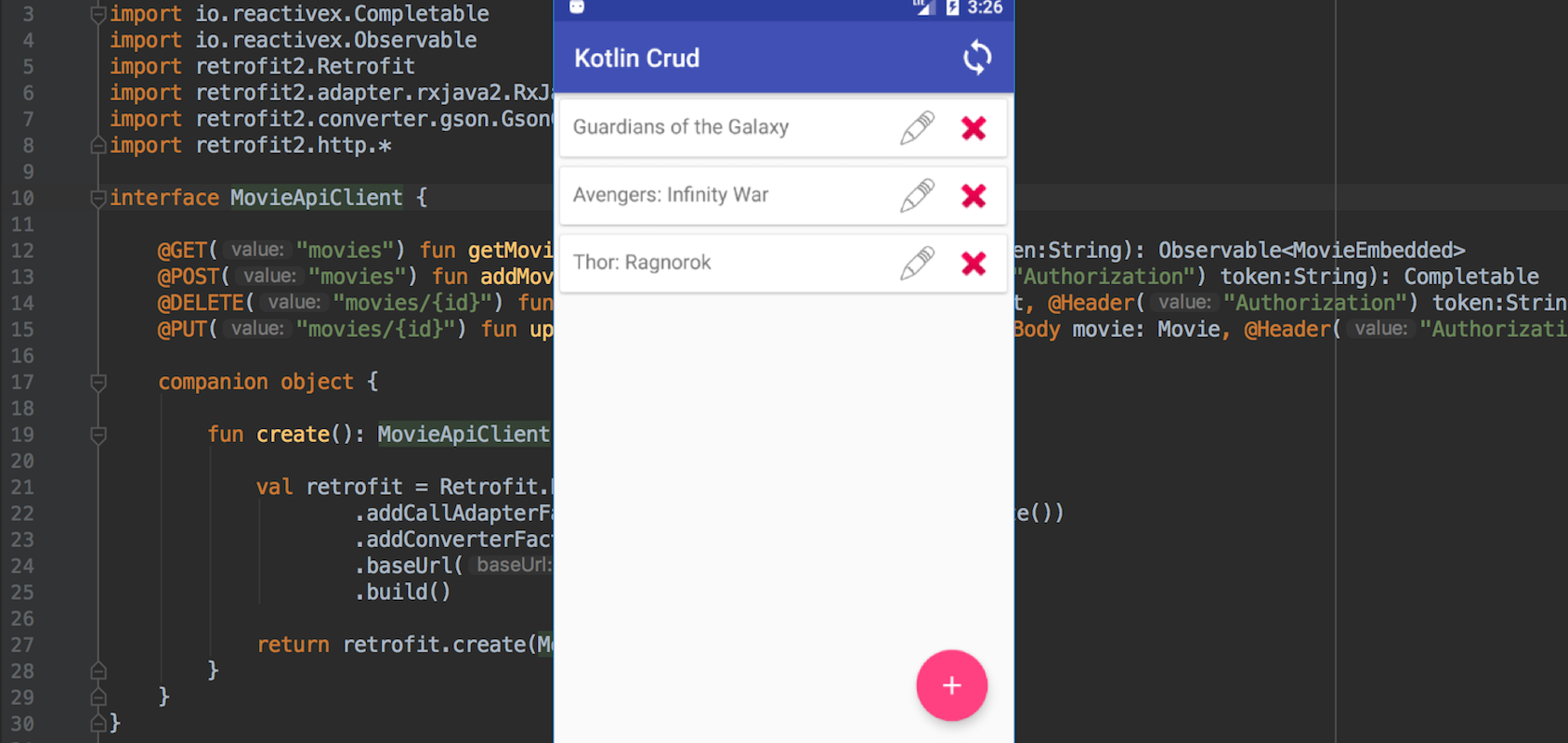
Kotlin was recently given official Android support status by Google, but it remains difficult to understand for many developers. The best way to start is by creating a complete app yourself, which you’ll do in this tutorial. In this tutorial, you’ll use Spring Boot for the API that powers your Android (+ Kotlin) mobile app. Spring Boot is a great way to create a robust REST API with a minimal amount of code. I’m going...
Create a Basic Android App without an IDE
Virtually every Android tutorial uses Android Studio to create and develop an app. This isn’t great for learning since you don’t see how things work, namely The components that make up an Android Studio project How builds are setup and configured What parts comprise the source Software development is about files and in this tutorial we’re going to go through every file in a basic Android project – first by examining what Android Studio outputs...
Build an App for iOS and Android with Xamarin
Xamarin is a cross-platform technology that makes it possible to build native applications for Android and iOS using a single, shared codebase. Like other technologies such as React Native and NativeScript, it allows development teams to spend less time writing code for both platforms. Xamarin is open-source (and free). Under the hood, it uses Mono (a version of the Microsoft .NET runtime), so Xamarin apps are usually written in C#. You can build Xamarin apps...